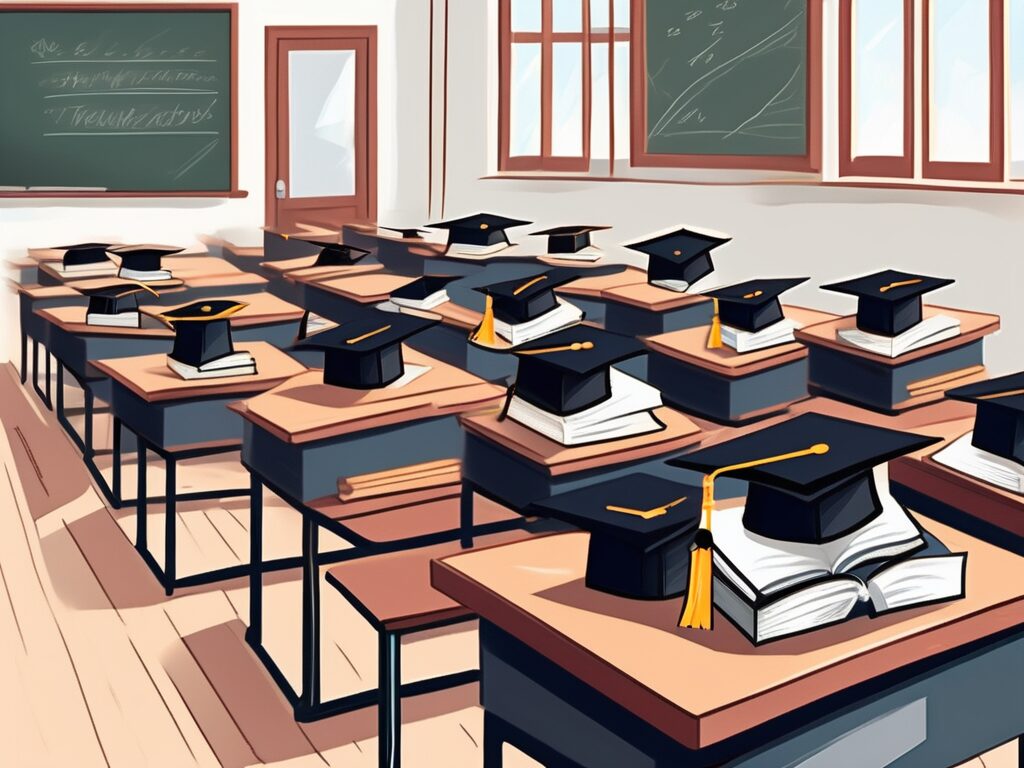What is the Importance of Art and Creative Activities at School?
Art and creative activities play a crucial role in the holistic development of students, offering numerous benefits that extend beyond the classroom. For aspiring international educators, understanding the significance of these activities is essential for fostering a well-rounded educational environment. In this article, we will explore the importance of art and creative activities in schools and how they can enhance teaching opportunities globally.
Why is it Important for Aspiring International Teachers?
Art and creative activities are vital for developing critical thinking, problem-solving, and emotional intelligence in students. These skills are highly valued in the global job market, making them essential for aspiring international teachers. According to recent studies, schools that emphasize creative education see higher student engagement and improved academic performance. As an international educator, incorporating art into your teaching can set you apart and increase your employability.
Key Skills or Qualifications Required
To effectively integrate art and creative activities into your teaching, certain skills and qualifications are beneficial. These include:
- Strong understanding of various art forms and their educational benefits
- Ability to design and implement creative lesson plans
- Experience in facilitating student-led projects
- Certification in art education or related fields
Steps to Get Started
To begin incorporating art and creative activities into your teaching practice, consider the following steps:
- Obtain relevant certifications in art education.
- Gain experience through workshops or volunteer opportunities.
- Develop a portfolio showcasing your creative teaching methods.
- Network with other educators to share resources and ideas.
Challenges and How to Overcome Them
Integrating art into the curriculum can present challenges, such as limited resources or resistance from traditional educational systems. To overcome these obstacles:
- Advocate for the benefits of art education to stakeholders.
- Utilize digital tools and online resources to supplement materials.
- Collaborate with colleagues to share resources and support.
Best Practices and Tips for Success
To successfully incorporate art and creative activities into your teaching, consider these best practices:
- Encourage student creativity by providing open-ended projects.
- Integrate art with other subjects to create interdisciplinary lessons.
- Continuously seek professional development opportunities in art education.
Success Stories or Case Studies
Many educators have successfully integrated art into their teaching, leading to improved student outcomes. For example, a teacher in an international school in Singapore used art to enhance language learning, resulting in higher student engagement and language proficiency.
Conclusion
Art and creative activities are essential components of a comprehensive education, offering numerous benefits for students and educators alike. By understanding and implementing these activities, aspiring international teachers can enhance their teaching practice and increase their global employability. Embrace the power of creativity in education and unlock new opportunities in your teaching career.
Want to become a teacher in a Tier 1 international school? Join the course here.

